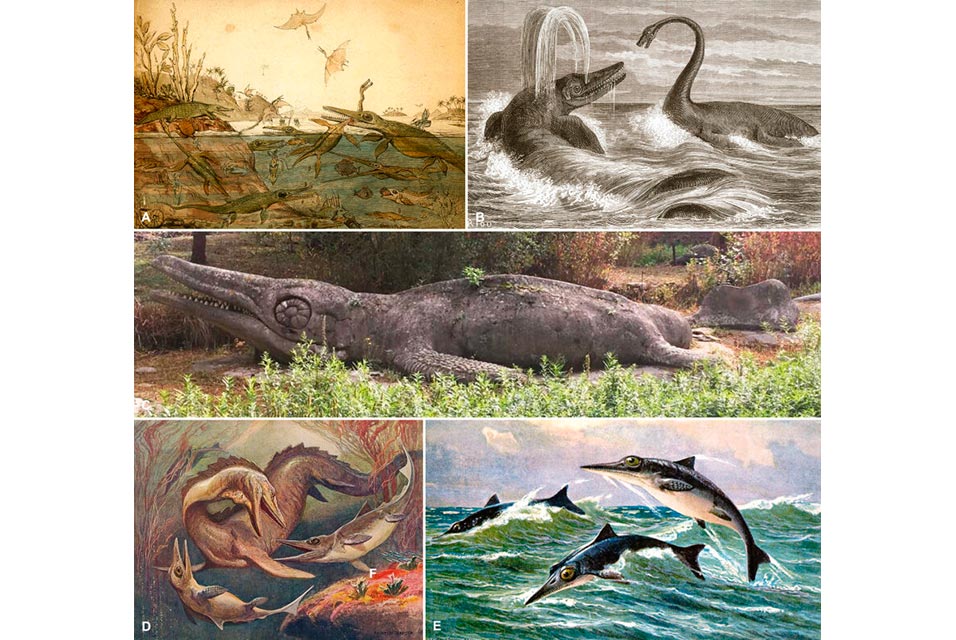LUND.- Geologists at
Lund University in Sweden have mapped 300 years of research on the prehistoric marine reptiles known as ichthyosaurs. Using a uniquely well-preserved fossil, the team has also created the scientifically most up-to-date reconstruction of an ichthyosaur currently available.
Fish lizards, or ichthyosaurs, were a very successful group of animals that, much like today's whales, migrated from land to the oceans where they thrived for about 160 million years. These dolphin-like reptiles lived from the Early Triassic to the Late Cretaceous, about the same time as dinosaurs ruled the Earth.
The fish lizards, who sustained themselves on a diet of turtles and octopuses, among other things, have left behind a rich fossil record. This consists mostly of bones and teeth, but recently the discovery of soft tissues—such as skin, muscles, fat and pigment—has opened up new opportunities for understanding the biology and ecology of these animals.
In a new study published in Earth-Science Reviews, a group of geologists at Lund University has analyzed existing fish lizard research—something that will benefit future paleontologists.
"This research history spans 300 years. It is worth noting that the term ichthyosaur was coined in 1814, i.e. almost 30 years before the term dinosaur," says Mats E. Eriksson, professor of paleontology at Lund University.
Based on the world's collective knowledge of these primordial animals, as well as hard and soft fossil parts, the researchers enlisted the help of the Danish sculpture company 10 Tons, to create a scientifically correct life size reconstruction.
"Our reference point was a fish lizard that was found in Holzmaden, Germany. This fossil has previously been the subject of an extensive study on the biology and coloration of fish lizards, which I did together with Mats and several other colleagues, and was published in Nature," explains Johan Lindgren, geology researcher at Lund University.
A variety of techniques, including clay sculpturing and 3D printing, were used in the work, something that took just over a year. The sculpture initiative, which could be carried out with support from the Crafoord Foundation, aims to reflect the current state of research. The sculpture is now on public display at the Department of Geology in Lund.
"Our reconstruction is the scientifically most modern, and hopefully correct, interpretation of what these animals looked like. It will be valuable for students and researchers who want to learn more about the iconic fish lizard," concludes Mats E. Eriksson.









